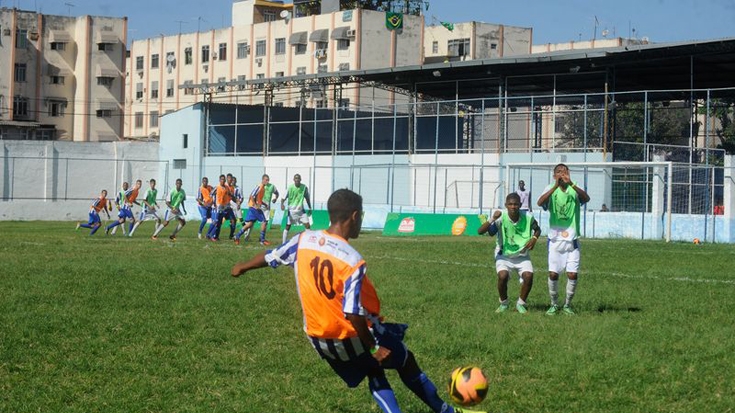In this World Cup, we have seen kicking, elbowing, head butts and even a bite. Neither have all celebrations of victories been peaceful: the first triumph of Colombia left people dead and injured in Bogota; and in Chile, celebrations ended with people setting fire to buses and clashing with the police.
The sport is also associated with barras bravas in some Latin American countries and their counterparts in Europe – hooligans--, and with the so-called “soccer war in Central America” (1970) and even with a rise in cases of domestic violence in England, according to a recent study.
Paradoxically, the same sport that triggers this violence both on and off the field can also be a tool for achieving the opposite: that people or societies at risk of violence can learn to live in peace.
“It is a sport that brings people together, that generates passions, that attracts, that is collective, that requires interaction, for which reason it has great advantages for use as a tool for instilling in children and young people skills that enable them to peacefully resolve conflicts,” says Martha Laverde, an education expert at the World Bank.
Thus, the conclusion seems clear: if you live in a community where there are high rates of violence and delinquency, the best thing to do is not to call the police but to build a soccer field.
However, Laverde warns that the reality is not so simple. “It is not the game for the game itself, there has to be intent and this is what leads so many organizations in the world to use soccer as a means for developing a culture of peace.”
Soccer without violence
It is precisely this intent that has been successfully put into practice in different parts of Latin America, where thousands of young people in areas affected by crime or armed conflicts have opted to shoot balls instead of bullets.
In Zacatecoluca, one of the most crime-ridden municipalities of El Salvador, the soccer team was strengthened and a new field was built, which has become a place where local children can learn the values of sports and respect.
“Previously, this neighborhood was one of the most dangerous, but thanks to the work with young people, we have managed to reduce delinquency by nearly 90%,” says Carlos Gómez Villegas, coordinator of the soccer school in La Esperanza in Zacatecoluca.
In Colombia, for example, -where the armed conflict has left more than 200,000 dead in 60 years--, the Soccer with a Heart initiative helps over 2,000 children from poor communities or those at risk of violence to have access to new opportunities and to develop skills that enable them to confront adversity and co-exist in peace.
Catholic Priest Alberto Gauci went even further. He built a stadium for 20,000 spectators in Juticalpa, a Honduras community of just 120,000 inhabitants, which is affected by drug-trafficking and gang violence.
Martha Laverde explains that the roles players assume on the field are the same ones that young people encounter in their families, schools and communities (the leader, the strategist, the defender, the offender, the one who seeks only results, the one who seeks only to impede).
“All of these roles in the game require each person to have at least two very important skills: empathy and control over emotions,” says Laverde.
If children and young people can master these two skills of social interaction (empathy and control over emotions) through soccer, “they will undoubtedly have tools that will protect them from acting violently.”
All of these values are necessary in Latin America, which is officially rated as the most violent region in the world, with 30 percent of all homicides despite having just 9 percent of the world’s population.

